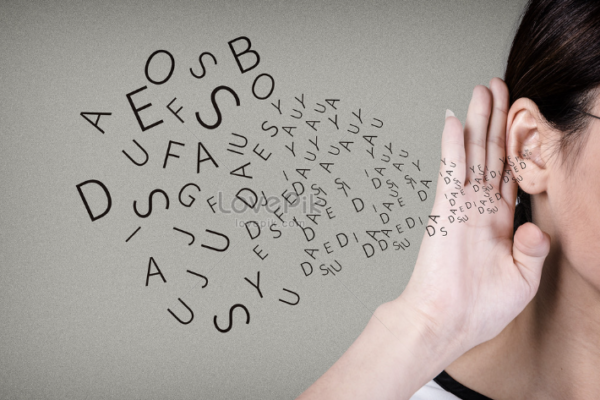In a world that is increasingly digital, accessibility for all is an essential aspect of inclusivity. While we often discuss visual impairments and the importance of designing for them, hearing disabilities are equally significant. Millions of individuals worldwide experience hearing impairments, and it is crucial to recognize their needs and provide equal opportunities to engage with digital products and services. In this blog post, we will explore the concept of hearing disability, shed light on its impact, and delve into how we can promote digital products to enhance accessibility for individuals with hearing impairments.
Understanding Hearing Disability

Hearing disability refers to a partial or complete inability to hear sounds. It can be congenital or acquired at any stage of life due to various factors such as genetic conditions, illness, injury, or exposure to loud noise. People with hearing impairments face significant challenges in their daily lives, including communication difficulties, reduced access to information, and limited participation in social activities.
The Role of Digital Products
Digital products, including websites, applications, and software, have become an integral part of our lives. They facilitate communication, education, entertainment, and access to essential services. However, if these products are not designed with accessibility in mind, they can create barriers for individuals with hearing impairments, hindering their ability to fully engage and participate.
Promoting Digital Accessibility for Hearing Impaired Individuals
Captions and Transcripts
Providing accurate captions and transcripts for audio and video content is crucial. This allows individuals with hearing impairments to understand the spoken information through text. Automatic speech recognition (ASR) technology can aid in generating captions, but manual review is necessary to ensure accuracy.
Sign Language interpretation
Incorporating sign language interpretation in videos or live streams is another valuable approach. Sign language users can comprehend information more effectively when it is presented in their preferred mode of communication.
Visual Cues and Alerts
Using visual cues and alerts can help individuals with hearing impairments understand important audio cues, such as alarms, notifications, or alerts. Visual indicators, such as flashing lights or vibrating notifications, ensure that crucial information is not missed.
Clear and Concise Design
Designing user interfaces with clarity and simplicity benefits everyone, including those with hearing impairments. Avoid cluttered layouts, use clear typography, and ensure adequate color contrast to enhance readability.
Assistive Technologies
Encouraging the use of assistive technologies like hearing aids, cochlear implants, or bone conduction devices is crucial. Compatibility and seamless integration with digital products enable individuals with hearing impairments to maximize their user experience.
User Feedback and Testing
Engaging individuals with hearing impairments in the design process is essential. Conduct usability testing with a diverse group of users, gather feedback, and make iterative improvements based on their insights and experiences.
Education and Awareness
Promoting awareness about hearing disabilities and the importance of digital accessibility is vital. Encourage developers, designers, and content creators to prioritize inclusive design principles, fostering a culture of accessibility.
Digital accessibility is not a luxury but a fundamental right for individuals with hearing impairments. By adopting inclusive design practices and considering the needs of this diverse user group, we can bridge the gap and create a more inclusive digital environment. Promoting captions, sign language interpretation, visual cues, and clear design principles are steps toward empowering individuals with hearing disabilities to fully engage with and benefit from digital products. Let us strive to promote inclusivity, leaving no one behind in the digital realm.
What is next?
In our next installment, we’ll explore the importance of captions for individuals with hearing disabilities and delve into how we can promote digital products using captions with semantic markup to enhance accessibility for those with hearing impairments.
For more information on why accessibility is important in general, you can check out my previous blog post here.
For further information on how In our next installment, we’ll explore the importance of captions for individuals with hearing disabilities and delve into how we can promote digital products using captions with semantic markup to enhance accessibility for those with hearing impairments.to make your product accessible to your audience, contact our experienced design experts, check out our Accessibility IQ for your website, download our guide Digitally Accessible Experiences: Why It Matters and How to Create Them, read more from our UX for Accessible Design series.

